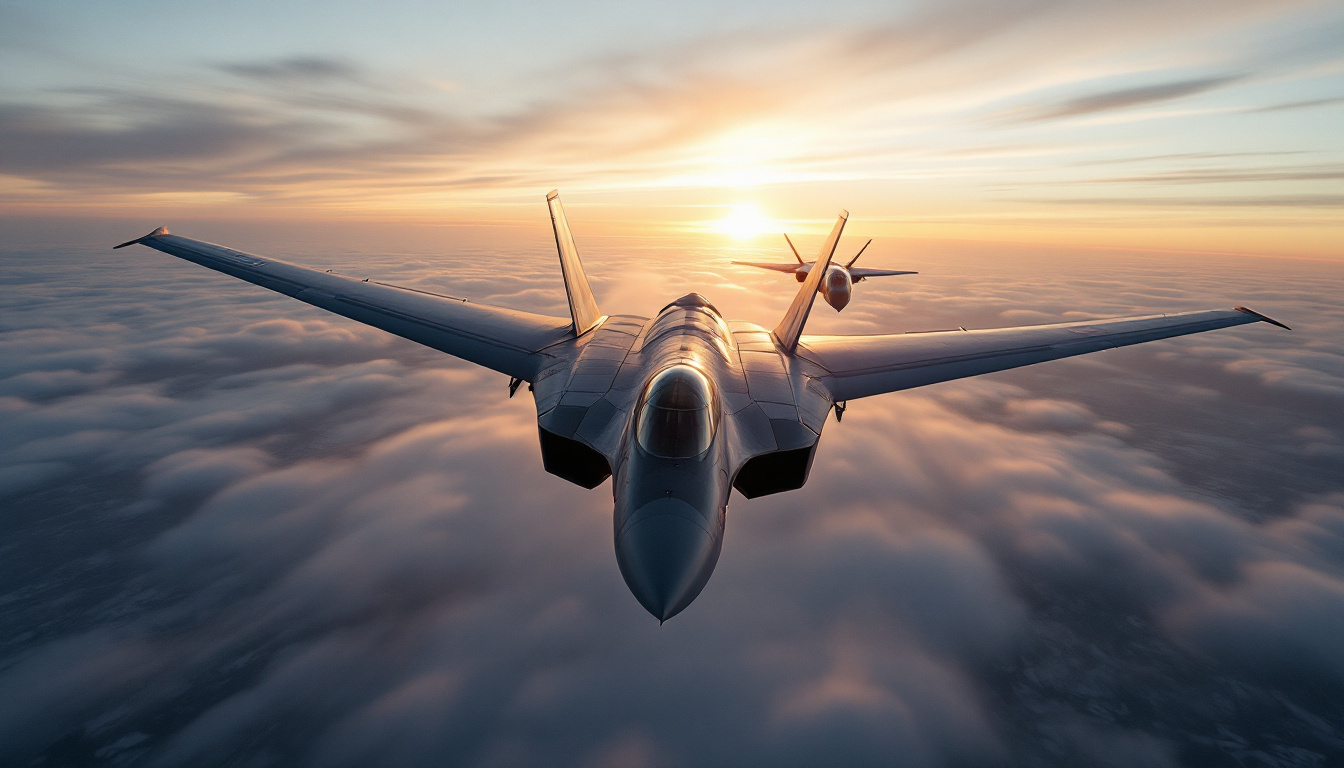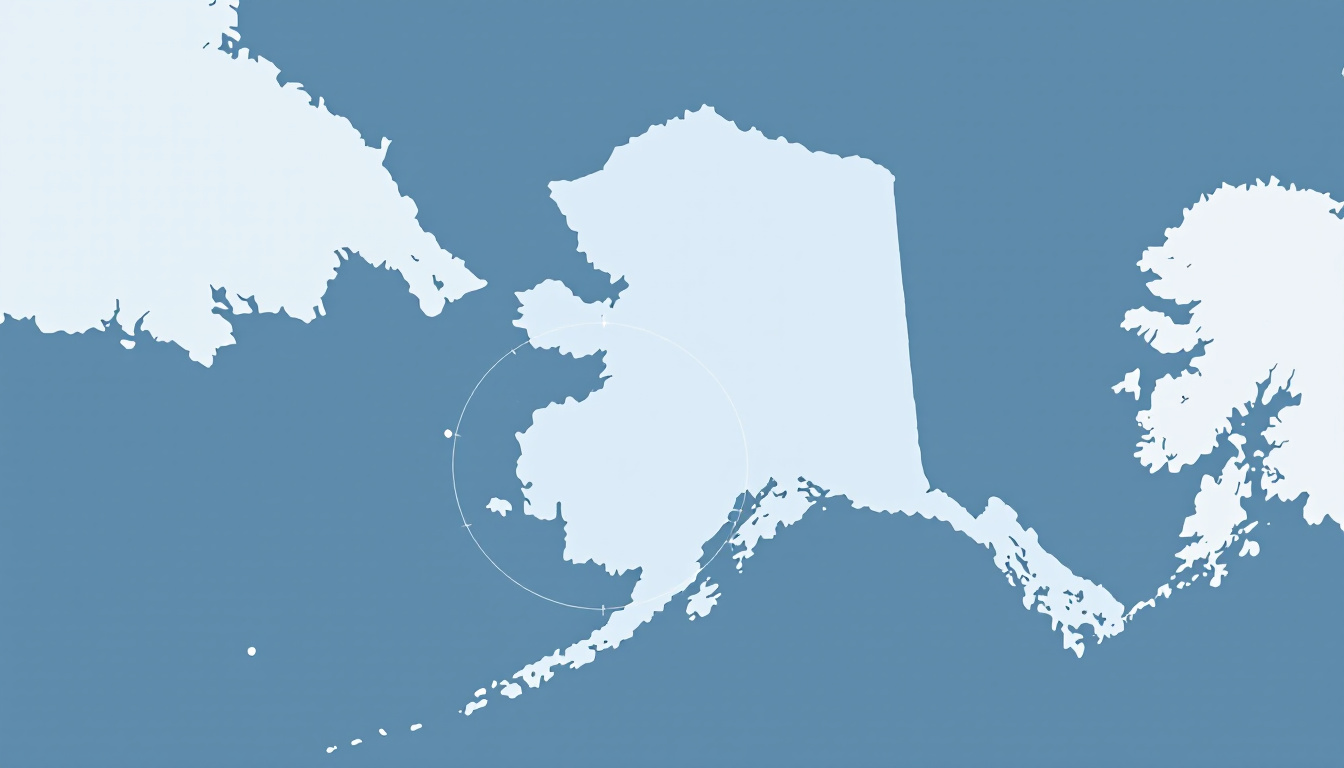U.S. fighter jets intercepted a formation of Russian military aircraft operating near Alaska’s Air Defense Identification Zone (ADIZ), according to reporting and statements from U.S. defense officials. The activity, which included long-range bombers and fighter escorts, did not enter U.S. or Canadian sovereign airspace. Still, it prompted a rapid response consistent with standard air defense procedures for the region.
What is an ADIZ and why does it matter?
An Air Defense Identification Zone is a stretch of international airspace adjacent to a country’s national airspace. Nations monitor ADIZ activity to identify aircraft approaching their borders, request flight plans when appropriate, and ensure safe, orderly air defense operations. Entering an ADIZ is not the same as entering sovereign airspace; however, military aircraft operating there without prior coordination can trigger a defensive response.

Which aircraft were involved?
According to U.S. officials, the Russian flight package included long-range bombers, likely Tu-95 Bear aircraft, as well as fighter escorts. The United States scrambled fighter jets to intercept, identify, and shadow the Russian aircraft while they operated within the ADIZ. This escort and monitoring process is routine and designed to ensure that foreign aircraft do not pose a threat to North America.
Did the Russian aircraft violate U.S. airspace?
No. Defense officials emphasized that the Russian aircraft remained in international airspace and did not enter U.S. or Canadian sovereign airspace. That detail matters. ADIZ activity requires identification and monitoring, but it does not automatically indicate a breach of national borders. The response is measured and follows established rules to maintain safety and deterrence.
How common are these intercepts near Alaska?
Intercepts near Alaska happen several times throughout the year. The region is a key corridor for long-range military aviation, training, and strategic presence missions. Both the U.S. and Russia operate in and around the North Pacific and Arctic areas, which puts the Alaska ADIZ at the center of routine air defense activity. Intercepts are handled professionally by both sides, with pilots following standard procedures to prevent escalation.
Why would Russia fly near Alaska’s ADIZ?
There are several reasons:
- Training and readiness: Long-range bomber crews practice navigation, refueling, and coordination with fighter escorts.
- Strategic signaling: Presence flights can communicate capability and resolve.
- Routine patrols: Major powers conduct patrols in international airspace for surveillance and deterrence.
While these flights attract attention, they are not unusual and are typically conducted with predictable patterns and profiles.

How do U.S. intercepts work?
When radar and air defense networks detect an approaching foreign aircraft, the U.S. may launch fighters to visually identify the aircraft type and configuration, establish radio contact when appropriate, and shadow the aircraft during its transit. Airborne early warning and tanker support can also be involved, depending on distance and duration. The objective is to maintain situational awareness and to communicate that North American airspace is actively defended.
What about safety and risks?
Intercepts are carefully choreographed to reduce risk. Pilots follow international aviation norms and use agreed-upon signals. Most of these interactions are professional and uneventful. The greatest risks generally come from miscommunication or unexpected maneuvers, which is why both sides usually keep a safe distance and steady flight paths.
Does this change the security picture?
Events like this are noteworthy, but they do not represent a new normal on their own. Patterns over time matter more than a single intercept. U.S. and Canadian air defenses remain postured to detect, deter, and respond, and they routinely issue public statements to inform citizens while minimizing speculation.

What officials typically confirm
After an intercept, defense officials often confirm:
- The number and type of foreign aircraft detected.
- That the aircraft remained in international airspace.
- That U.S. and Canadian aircraft conducted a safe, professional intercept.
- That there was no threat to North America.
These details help provide context, discourage misinformation, and reinforce that systems worked as intended.
Context: the Alaska ADIZ and NORAD
The Alaska ADIZ is monitored by a network of radars, satellites, and aircraft, with operations coordinated through NORAD, the bi-national command between the United States and Canada. NORAD watches air approaches to North America 24/7 and is responsible for intercept operations in the ADIZ. Intercepts can involve U.S. Air Force and Canadian fighter jets, depending on the flight path and mission needs.
What readers should take away
- Russian aircraft operated in international airspace near Alaska’s ADIZ.
- U.S. fighter jets intercepted and monitored them as a standard procedure.
- No violation of U.S. or Canadian sovereign airspace occurred.
- Such intercepts happen periodically and are handled professionally.
This intercept appears to fit a familiar pattern of air activity around the Alaska ADIZ. The mission for U.S. and Canadian defenses is consistency: detect, identify, and reassure. For the public, the critical point is that the system worked as designed. Events like this are not unusual, and officials say there was no threat to North America in this instance.
Sources and attribution
Primary reporting: CBS News coverage of U.S. fighter jets intercepting Russian aircraft near the Alaska ADIZ. Official statements are typically issued by NORAD or U.S. Northern Command following such events. For the latest details and updates, consult the original CBS report and NORAD press releases.
FAQ
Did the Russian planes enter U.S. airspace?
No. Officials said the aircraft remained in international airspace and did not enter U.S. or Canadian sovereign airspace.
Is this unusual?
Not really. Intercepts in the Alaska ADIZ happen periodically and follow standard procedures.
Was there any risk to the public?
No. These events are monitored closely and handled by trained crews. Officials reported no threat to North America.
Who responds to these flights?
NORAD, using U.S. and Canadian assets, detects, tracks, and intercepts aircraft operating near North America.
To contact us click Here .

